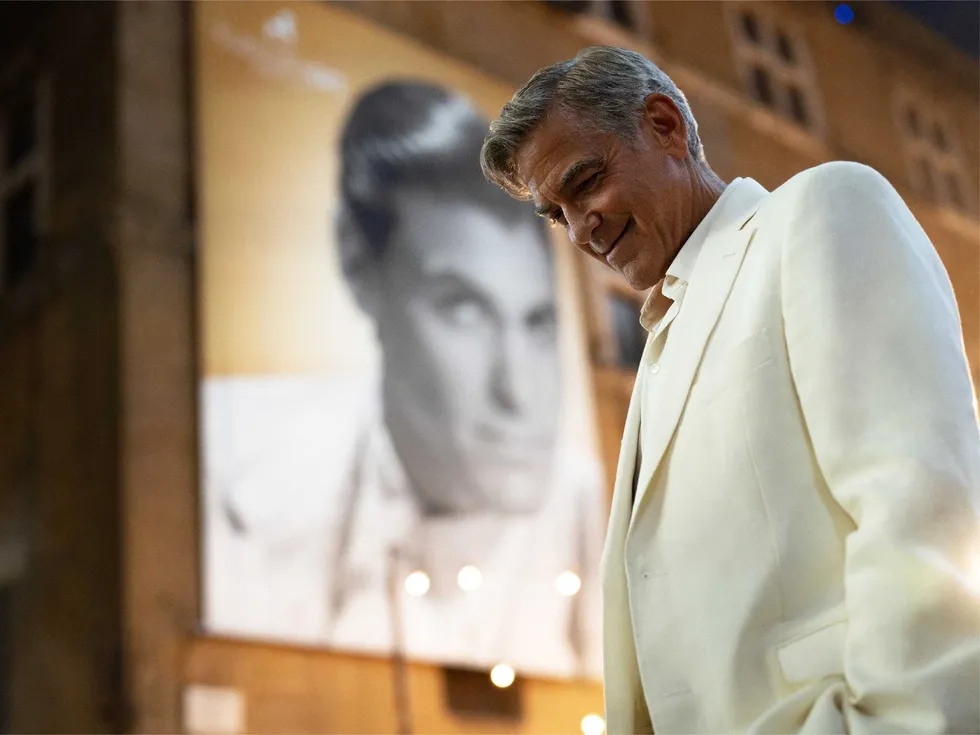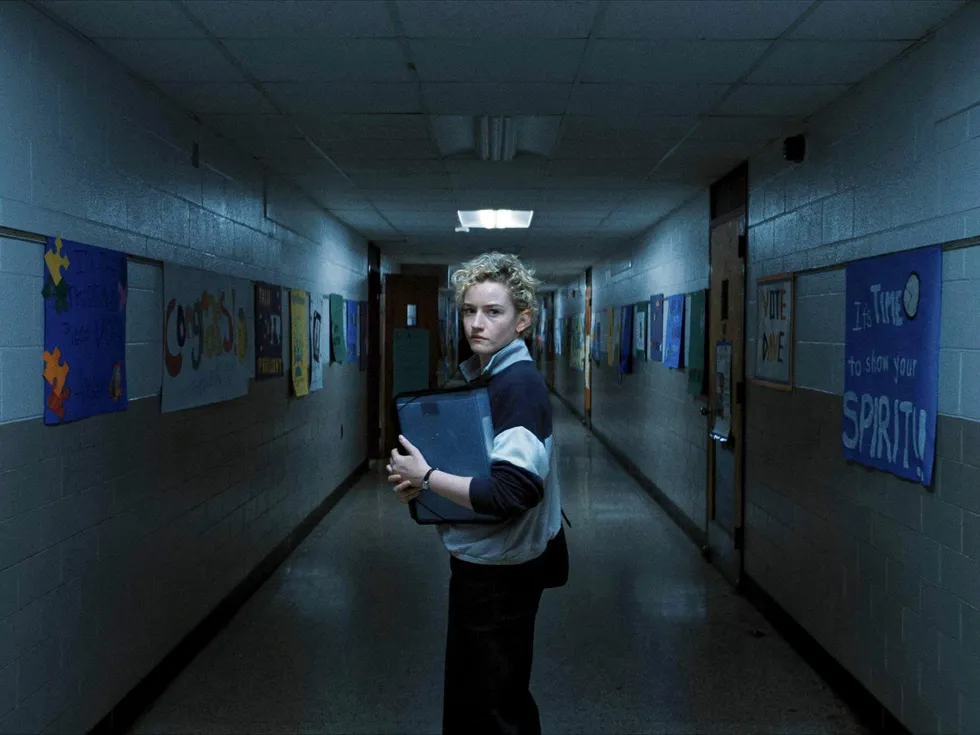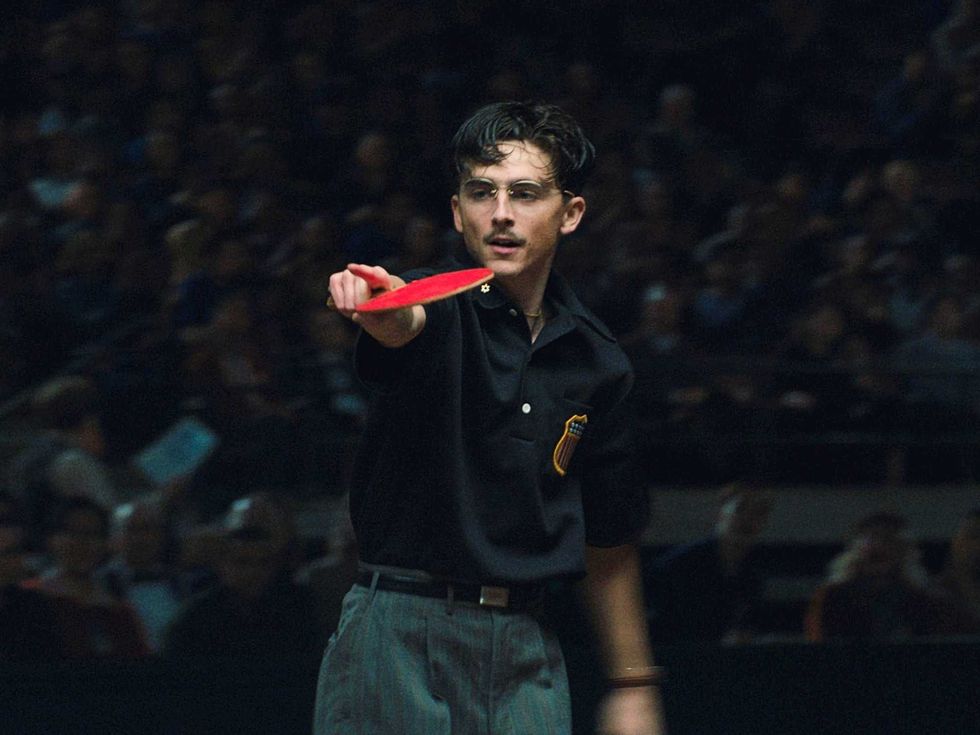Emotional Animation
Pixar's Inside Out might make you emotional, and that's the point
With its first 11 feature films, Pixar accomplished something no other studio could ever match: an unbroken streak of stellar films. Then it put out the universally derided Cars 2, followed by two so-so films (Brave and Monsters University), and it was fair to wonder if the studio could ever recover the magic it once had.
Thankfully, that magic is back and then some, with Inside Out, easily Pixar’s most emotional film to date. And that’s not just because the main characters are literally emotions inside the head of an 11-year-old girl named Riley (Kaitlyn Dias): Joy (Amy Poehler), Sadness (Phyllis Smith), Fear (Bill Hader), Anger (Lewis Black) and Disgust (Mindy Kaling).
Up to now, Riley’s life has been mostly full of joy, as embodied by her core memories that rule her life, such as family, friends and hockey. But when her family moves from Minnesota to San Francisco, her emotions start to get a bit out of whack, especially Sadness. When Joy tries to prevent Sadness from overtaking the good memories, all heck breaks loose, and the two of them must go on a journey through Riley’s mind to try to bring happiness back into her life.
The plot is an extreme high-wire act, as the film has to balance both the life of Riley and the actions of her emotions, which are as abstract as you can get. Yet somehow writer/director Pete Docter and the Pixar team make the inner workings of the mind seem as natural as anything else they’ve ever presented.
This is mainly due to the seemingly endless creativity they put on display. Memories are stored in spheres, vacuum tubes whoosh those memories to the various nooks and crannies of the mind, a Train of Thought runs throughout, and Long Term Memory stores the millions of things you’ve experienced in your life, even ones you may not want to remember.
But it’s far from just the visual aspects that impress. As they’ve done at their best, Pixar keeps the story simple enough for younger kids while also including details that appeal to older kids and adults. This is especially true with this film, as it features concepts that are only fully understandable once you’ve lived a good amount of life.
The truisms the film espouses are simple, but also ones that seem to be made clearer through the prism of Pixar. Everyone knows that no life can be filled with only joy, but that doesn’t stop us hoping for it, especially when parents think about their own children. Parents will want to come fully stocked with tissues, as multiple moments are likely to elicit tears.
The pitch-perfect voice casting doesn’t hurt matters, either. Poehler exudes pure joy, Hader’s neurotic voice is a great match for fear, Kaling’s Valley Girl delivery makes her a fit for disgust and Black, as he’s shown for years on The Daily Show, is the epitome of anger.
But for my money, Smith, previously best known for her work on The Office, is what makes the film work the most. Her line readings as Sadness are flawless, turning a character that could’ve been monotonous and one-dimensional into the heart of the film.
That the Pixar team could make an enthralling, moving and downright fun movie about the emotions a little girl feels when she’s faced with a major life change just reinforces the idea that they are the best filmmakers in the business.















